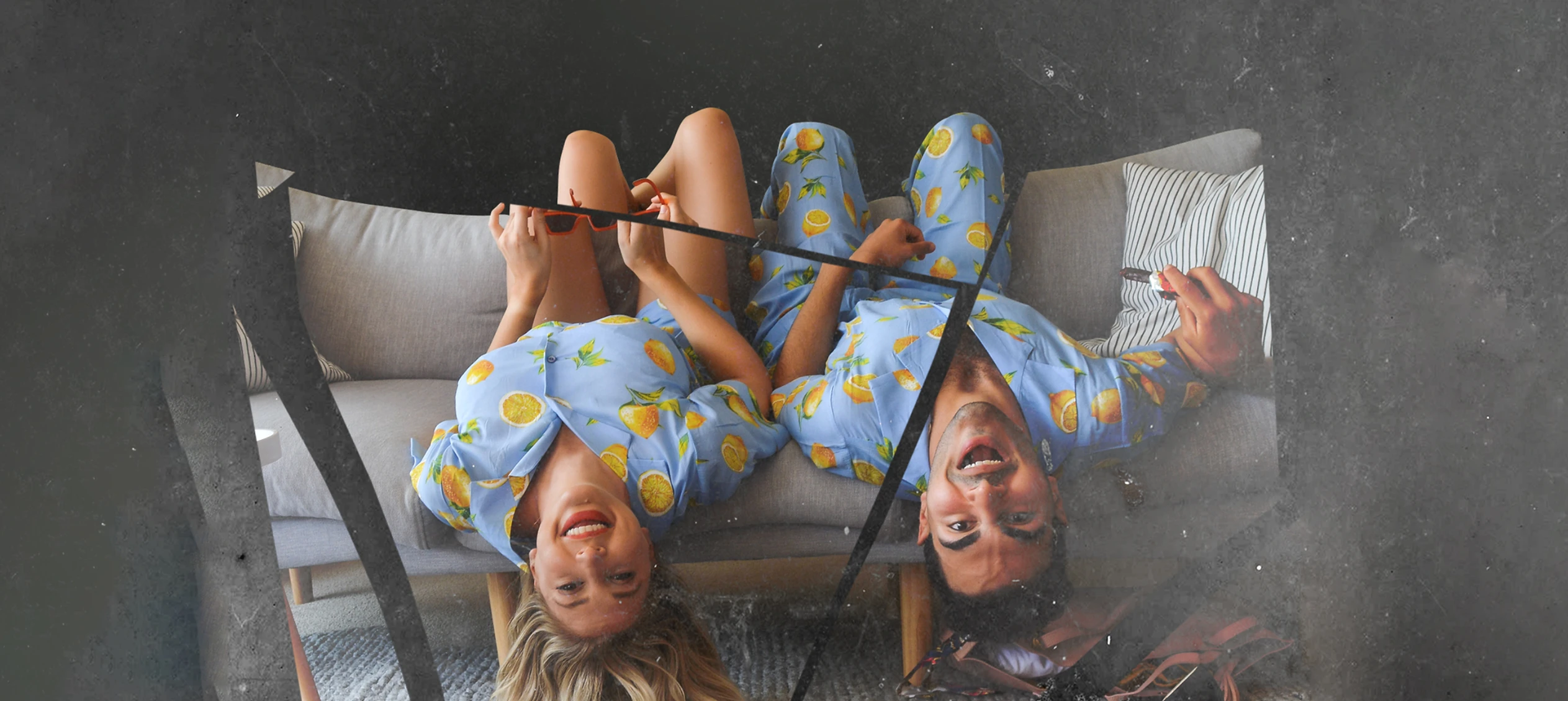Review: The Culture
The Culture, starts before the performers come on stage with a montage of video footage of news articles on systemic and political misogyny. This sets the scene for the everyday ways women are disadvantaged that are so embedded, that they often go unnoticed.
The newsfeed soon fades out, the lights come up, and Will and Katie are straight into dialogue with Katie’s latest plan for a marketing pitch at work. Straight away we get a feel for her as a confident, strong-minded and adventurous person. She has ambitions about getting a promotion and even being a political leader. Will is the ever-supportive best friend, constantly encouraging, providing realistic feedback and knowing just the right way to make fun of her without bringing her down. The banter between Will and Katie and the little idiosyncrasies that they share, such as a love of Cherry Ripe bars (a confectionary not commonly found in New Zealand but is as divisive as marmite) is what sets the audience into feeling part of the relationship they have. The two have been friends since high school, and their friendship is akin to siblings or platonic lovers.
The integration of Will and Katie’s podcast episodes and projected displays of the text conversations and reels was an exceptionally clever way to provide momentum to the story. The set was ideal and I particularly liked the two wardrobes that hung left and right of the rear as I was immediately struck by how pink Katie’s wardrobe is. This is a person who REALLY likes pink. The symbolism of her colour taste becomes clearer as Katie’s story develops.
Laura Jackson’s writing is hilarious and the acting of both performers is fantastic. We spend a lot of the first half of the performance laughing along with Katie and Will as if we are part of their clique. This humour is an important tool when talking about heavy topics such as misogyny and violence. But even so, embedded in this humour is toxicity in itself, an important nuance as we are all affected by ‘the culture’ we live in.
The culture demonstrates different forms of control we can be subjected to including co-dependence, power and control, emotional abuse and violence in a very real way. By making Will and Katie relatable it perfectly curates a series of events that could happen to anyone. This is the most important part of The Culture. When Katie says ‘I didn’t think this could happen to me.’ ‘I judged other women.’ It brings home how it is very easy to ‘other’ people impacted by abuse when in fact one in three women are subjected to it and every second week in New Zealand a woman is killed by partner violence.
This is not a new story. It is a story that repeats itself in art and commentary again and again. Just as it does in the society we live in and for this reason, The Culture is an extremely important show. Until we eradicate the disease of violence in our communities then stories like this will need to be retold.
As someone who works in violence prevention, I feel inclined to raise that Katie’s story is just one example. Not all victims of abuse have the support Katie does due to repeated returns to partners, challenges with court systems, the way trauma can affect people’s behaviour, victims are often alienated. And while this story has rightly focussed on the victim, there is a need for the voice of perpetrators in stories of violence too, as many users of violence have been victims themselves in the past and there is a movement to guide perpetrators through healing and change that is extremely important to violence prevention.
From strong social commentary on multiple topics including male violence, sexism, homophobia, co-dependence, and eating disorders, to many laughs and love. The culture has ambitiously packed a lot of content into 75 minutes. Make sure you make the time for it.
The culture has generously used the platform of this show to raise the profile of Woman’s Refuge and Te Whare Rokiroki and take donations for them.

